Classroom Resources
The HA has spent a great deal of effort in developing resonant support for the Key Stage 2 curriculum. Most you will find here, especially the articles and reviews from Primary History. Read more
-

The Coronation of King Charles III
ArticleClick to view -

Teaching about ‘these islands’ since 1066
ArticleClick to view -

Scheme of work: Queen Elizabeth II
ArticleClick to view -

The history of medicine – warts and all – for Key Stage 2
ArticleClick to view -

Using apps in the history curriculum
ArticleClick to view -

Using the back cover image: painted wooden police truncheon
ArticleClick to view -

Women in parliament since 1918
ArticleClick to view -
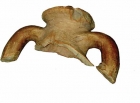
Ordinary Roman life
ArticleClick to view -

World War I: widening relevance in the modern world
ArticleClick to view -

Using the back cover image: Moustache cup
ArticleClick to view -

‘So why did they go into hiding?’ Anne Frank in her historical and social context
ArticleClick to view -
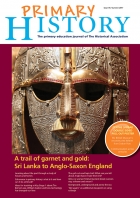
Pull-out Posters: Primary History 76
ArticleClick to view -

Ideas for Assemblies: Refugee stories
ArticleClick to view -
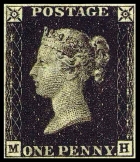
Overground, underground and across the sea
ArticleClick to view -

What confuses primary children in history...
ArticleClick to view -
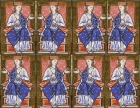
Anglo-Saxon Women
ArticleClick to view -

Studying the Maya
ArticleClick to view -

Using the back cover image: Mummified cat
ArticleClick to view -
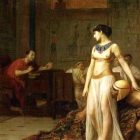
What made Cleopatra so special?
ArticleClick to view -
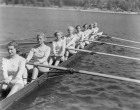
Celebrate your sporting heritage
ArticleClick to view

